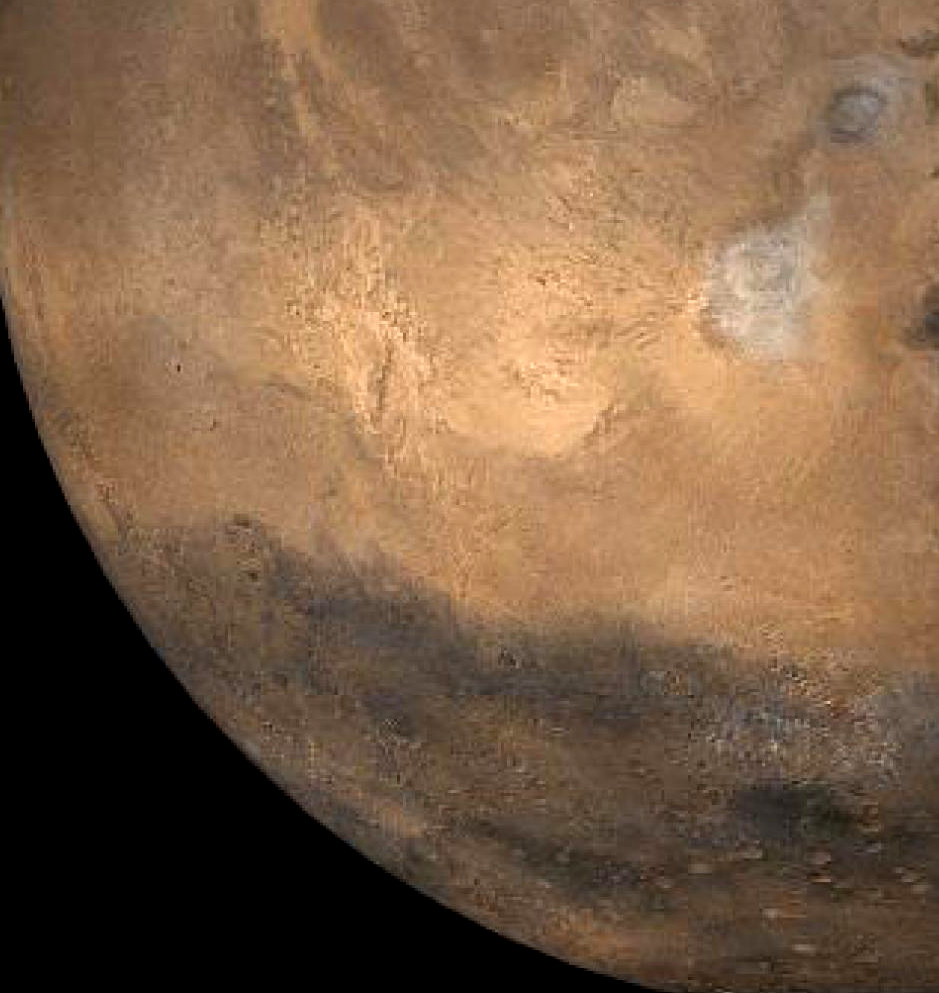Meteor hints at lively conditions
 Scientists from Curtin University have discovered signs of ancient hydrothermal activity on Mars - conditions that could have supported life.
Scientists from Curtin University have discovered signs of ancient hydrothermal activity on Mars - conditions that could have supported life.
By analysing a 4.45-billion-year-old zircon grain from the Martian meteorite NWA7034 - dubbed Black Beauty - researchers found evidence of water-rich fluids during the planet’s formative years.
The study marks an important step in understanding Martian hydrothermal systems and their role in early planetary habitability.
Hydrothermal systems, formed when water interacts with heat from magmatic activity, are known to have played a vital role in supporting life on early Earth.
Using advanced techniques like nano-scale imaging and spectroscopy, the team identified elements such as iron, aluminium, yttrium, and sodium in the zircon grain.
These elements, incorporated during its formation, indicate that water was present alongside magma in Mars’ primordial crust.
The zircon grain also bears marks of a meteorite impact, but despite this, chemical signatures of water-rich fluids persisted, indicating that water was present during the tumultuous pre-Noachian period, over 4 billion years ago.
The discovery may guide future studies on Mars’ habitability and the broader search for extraterrestrial life.
More details are accessible here.








 Print
Print